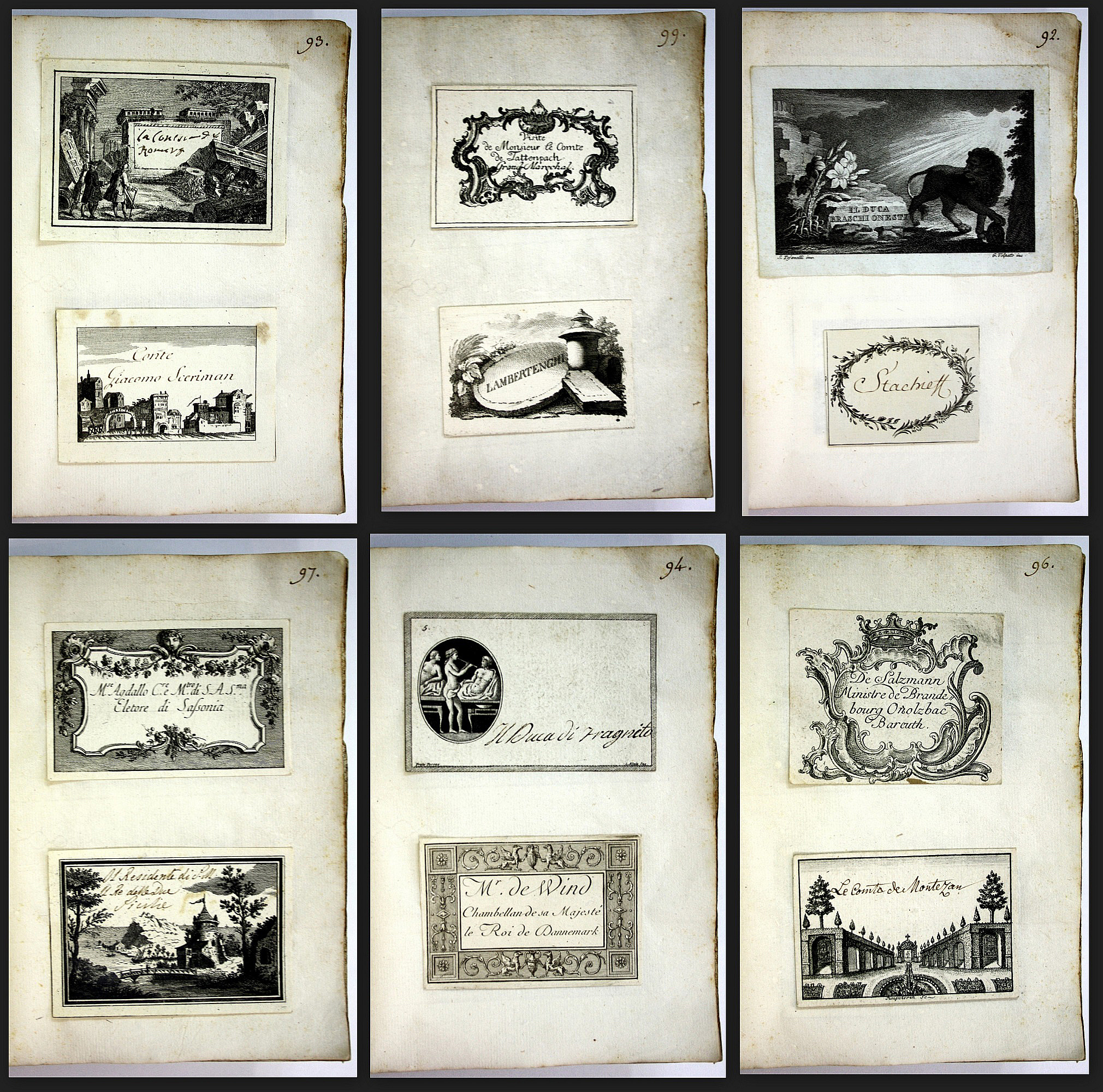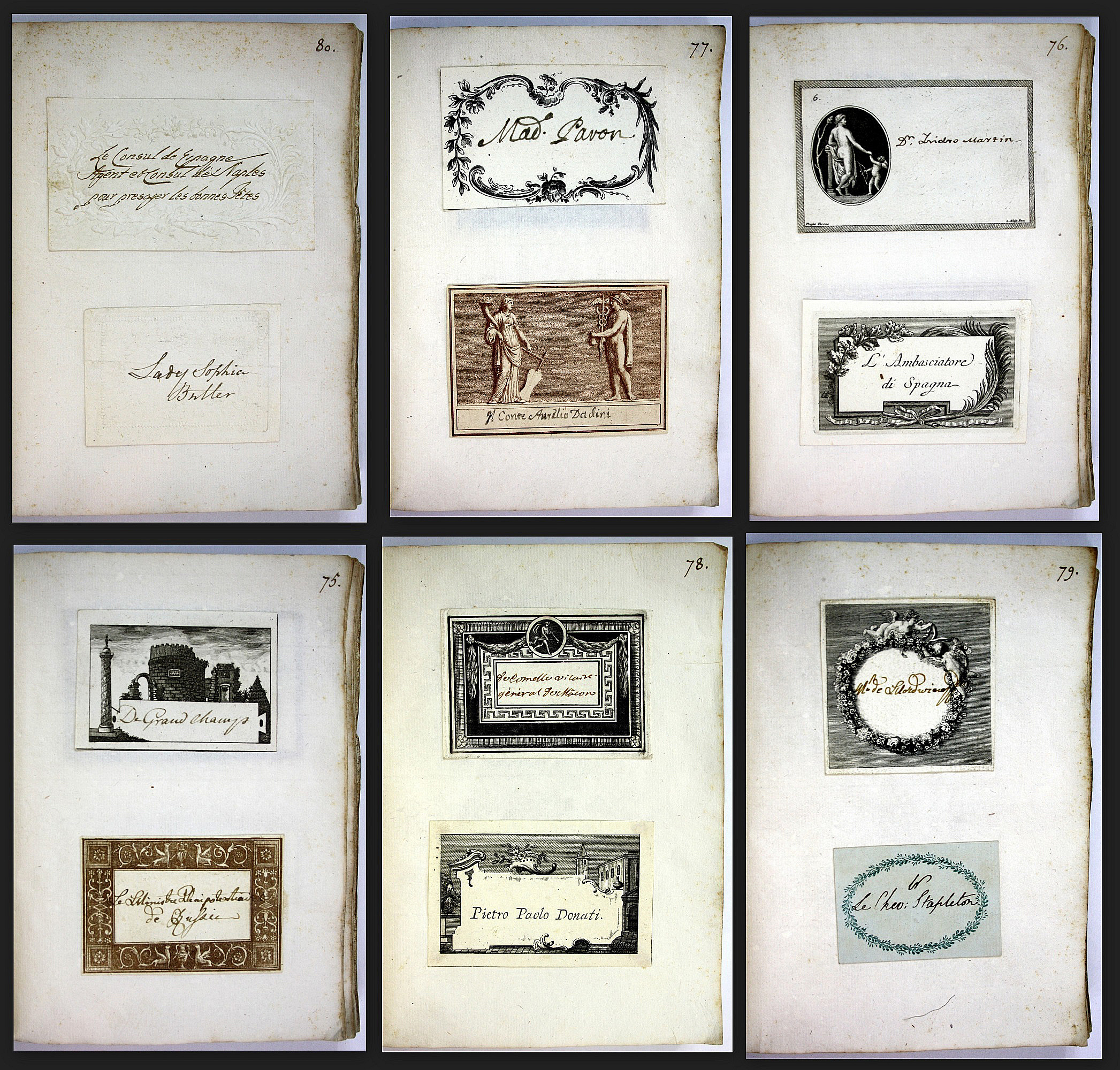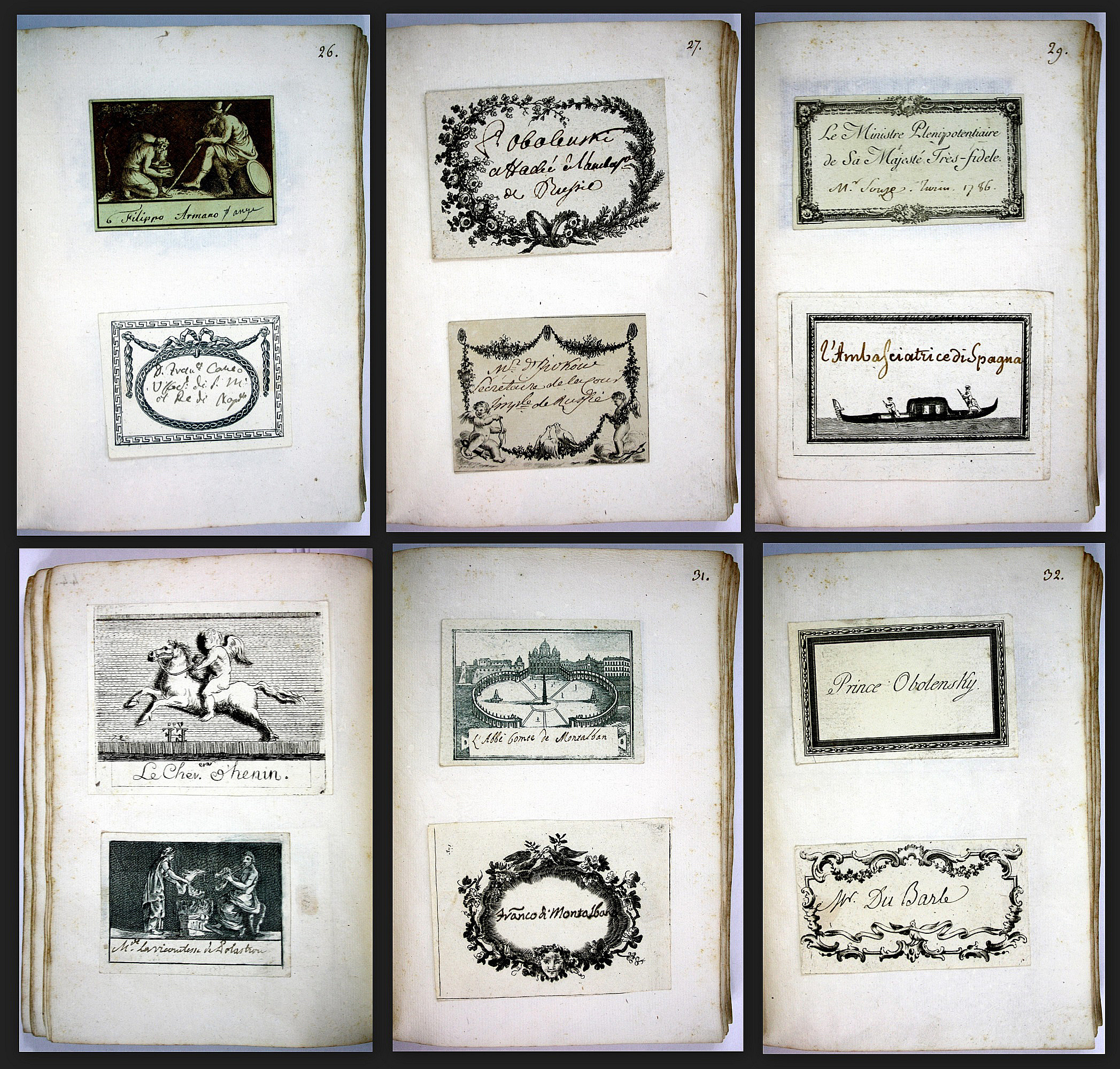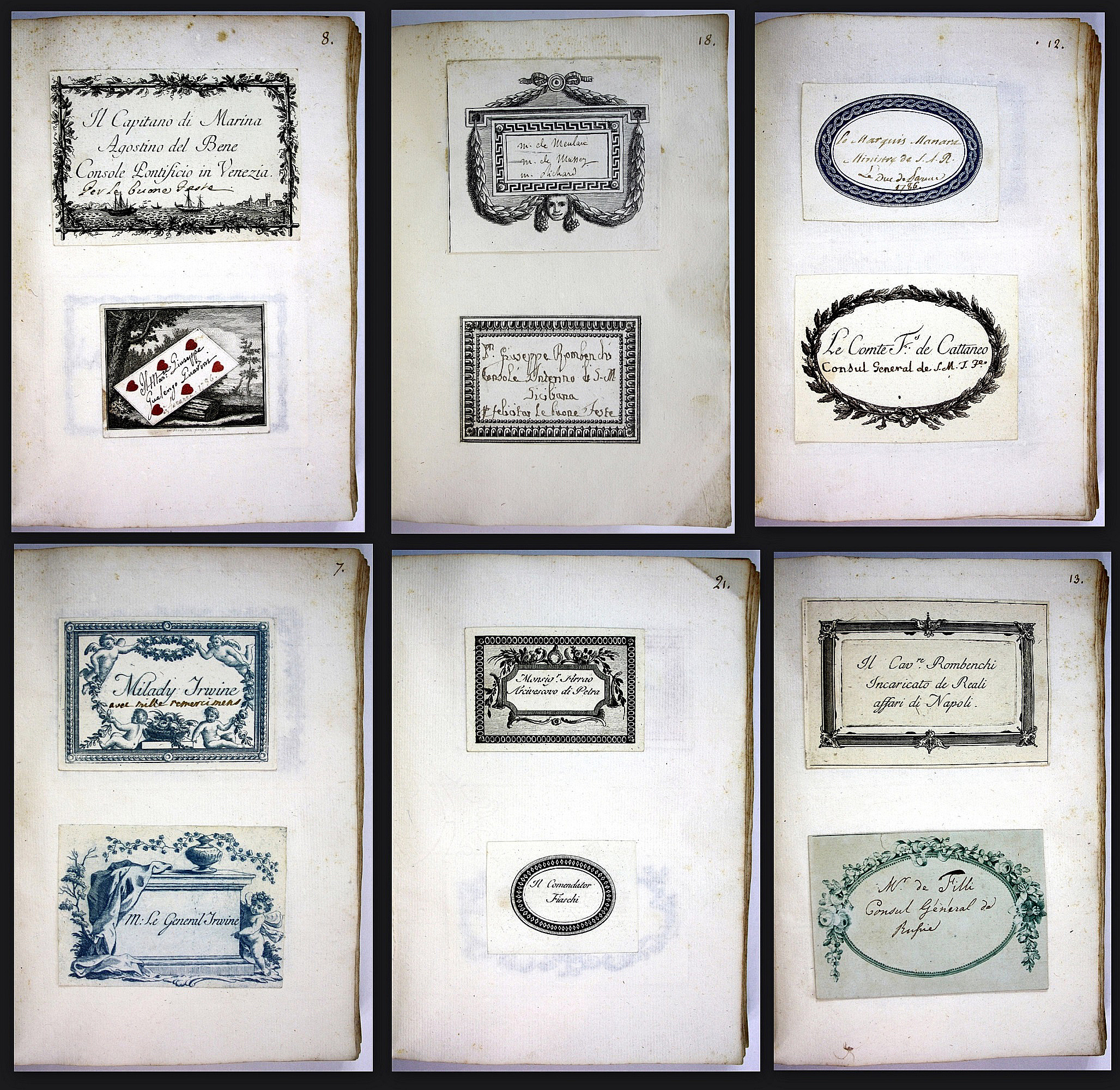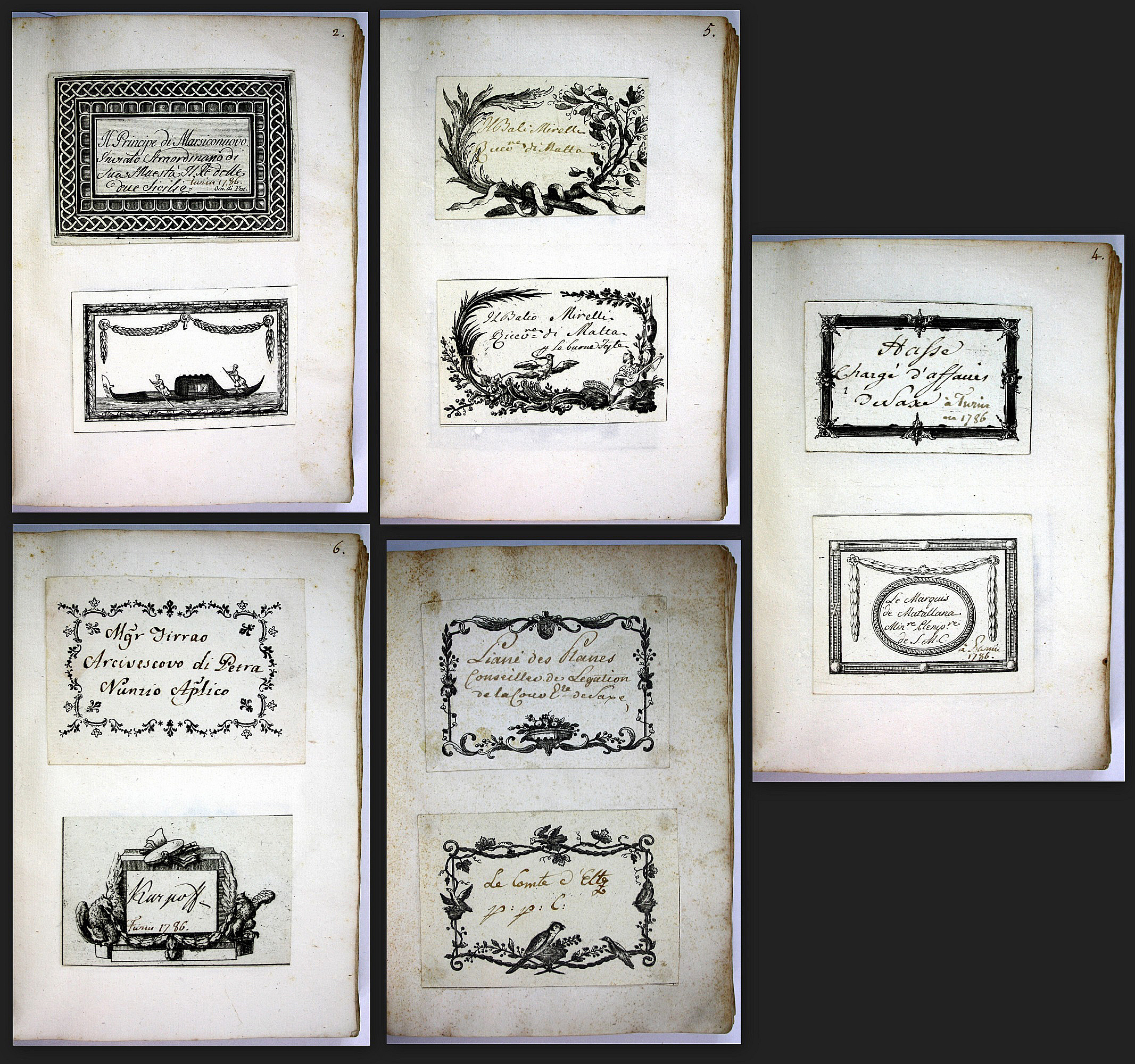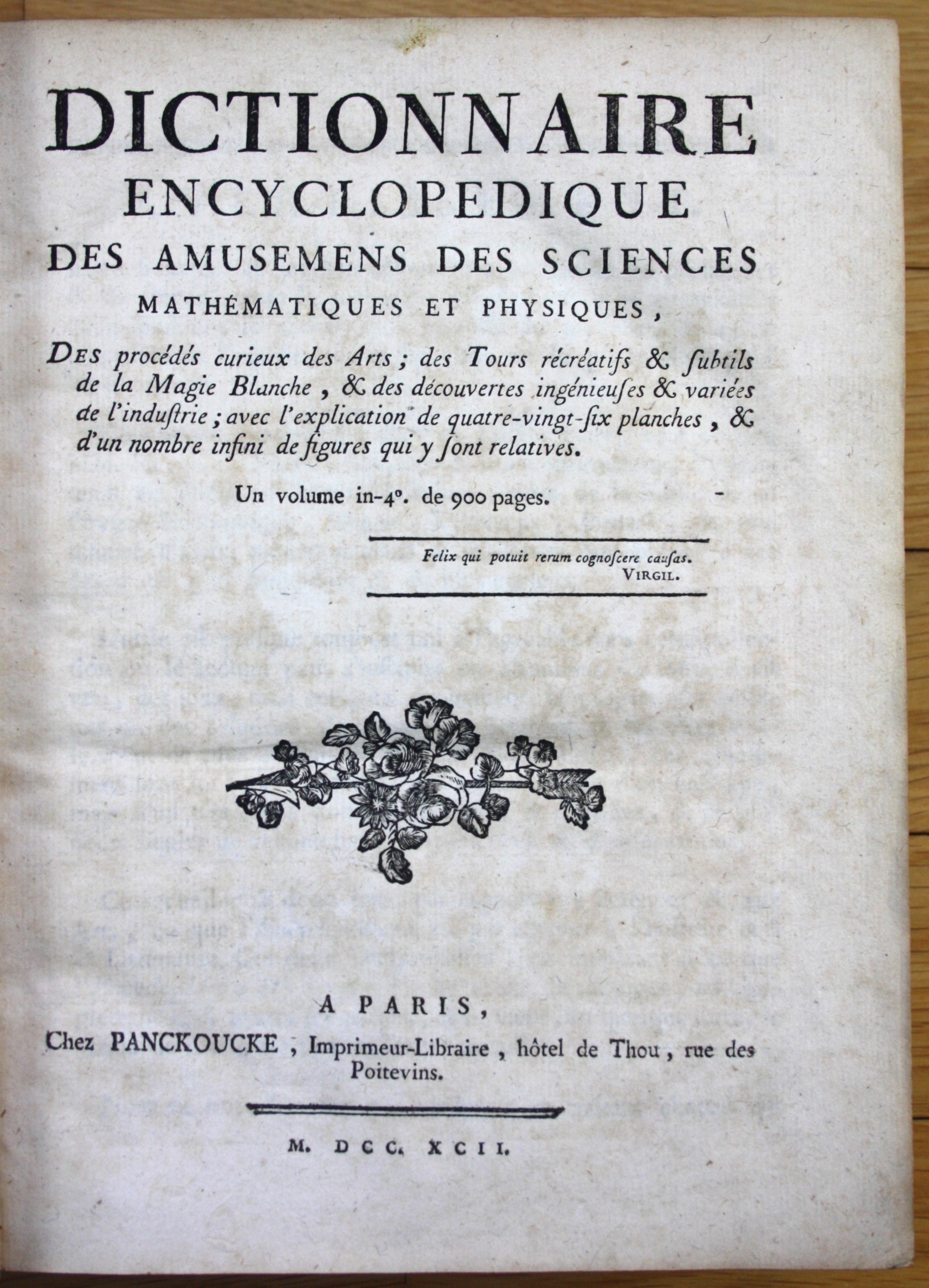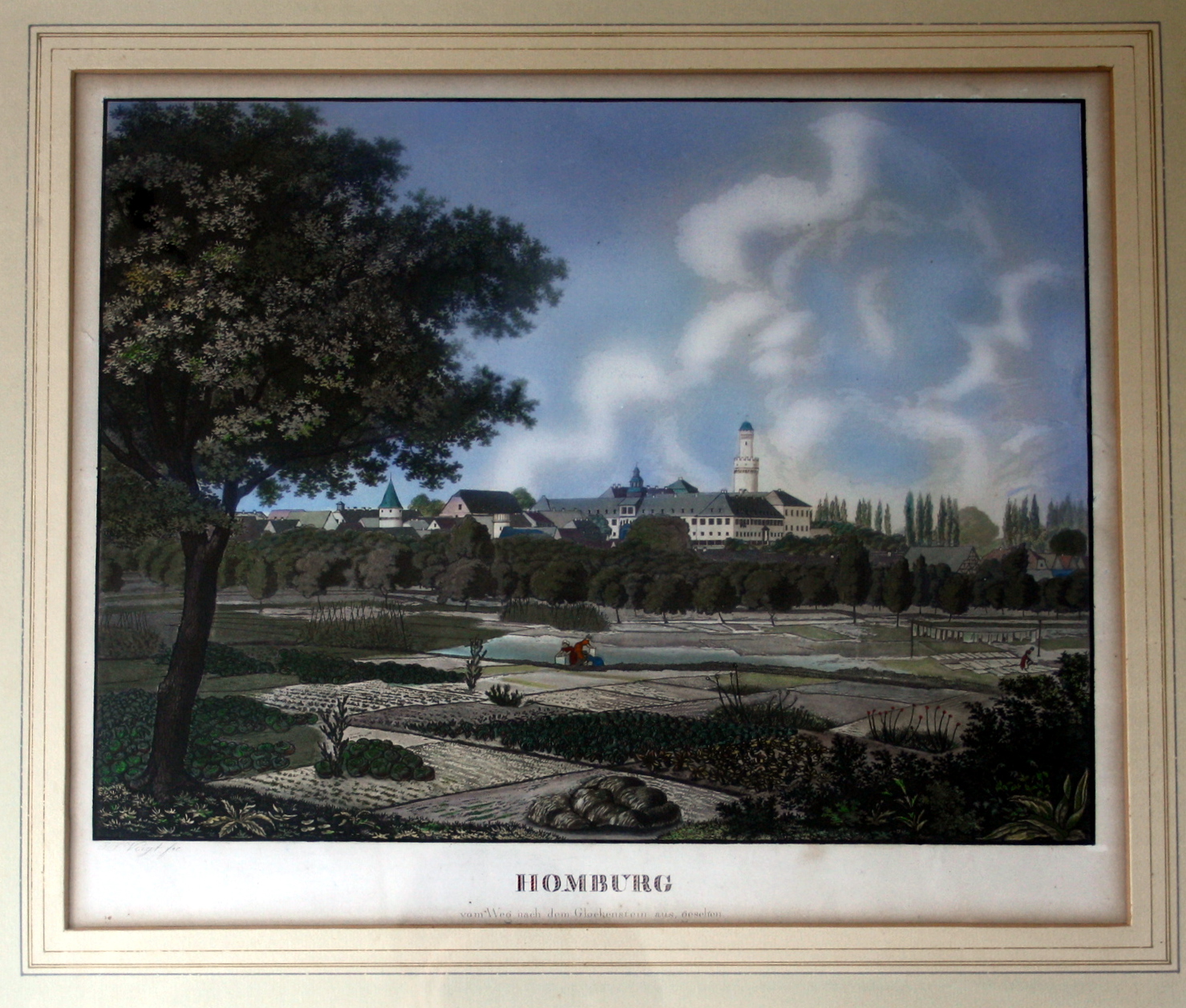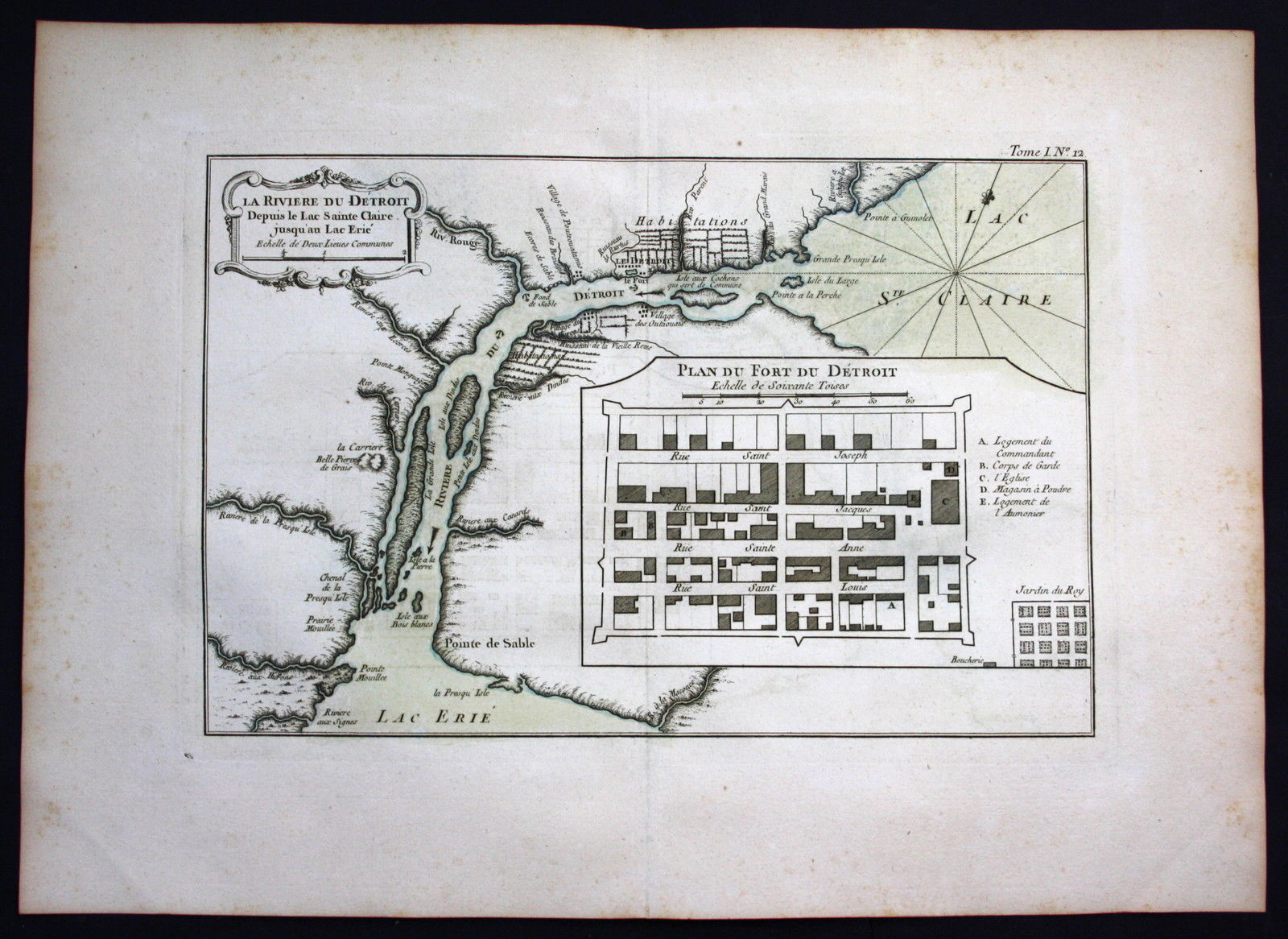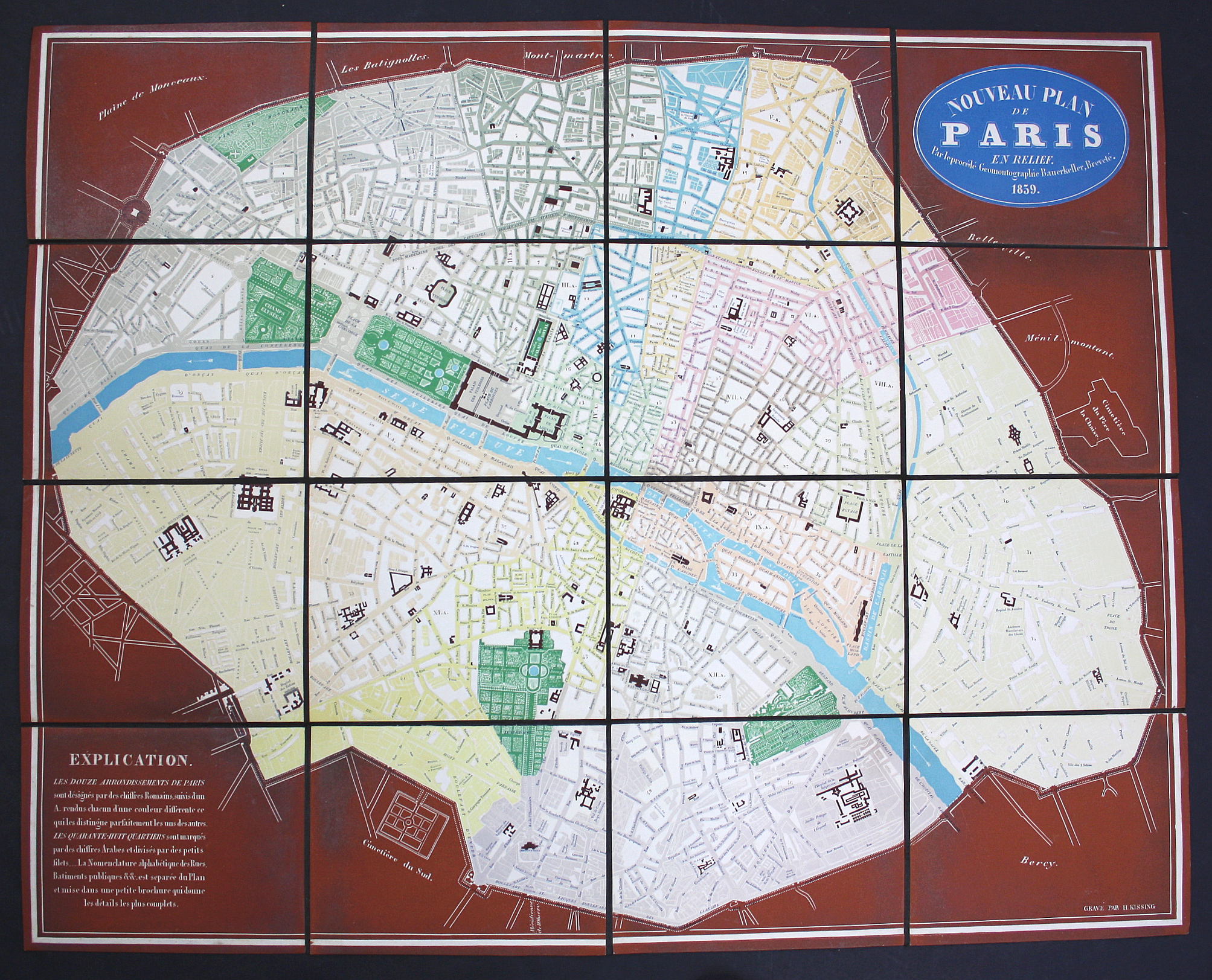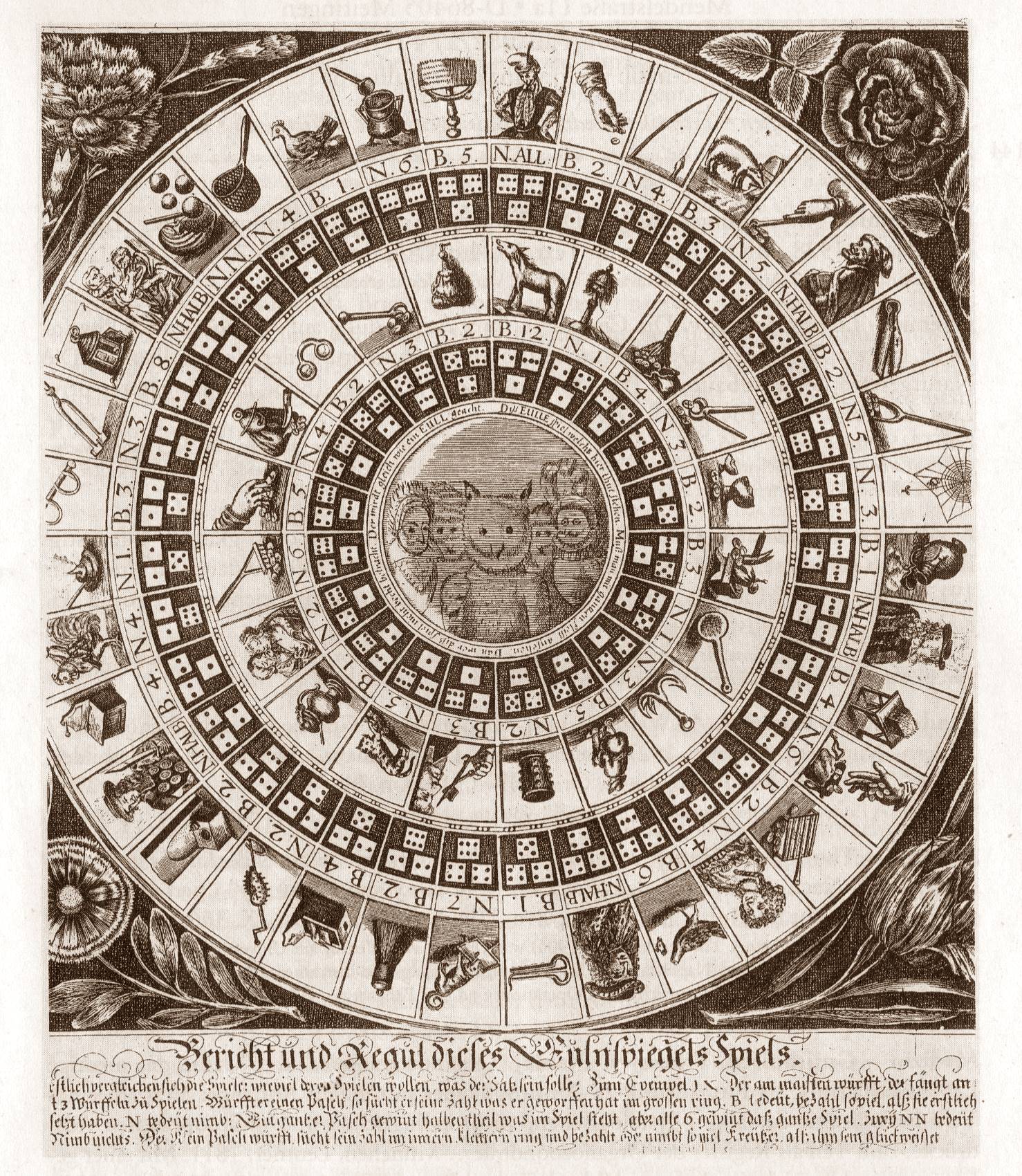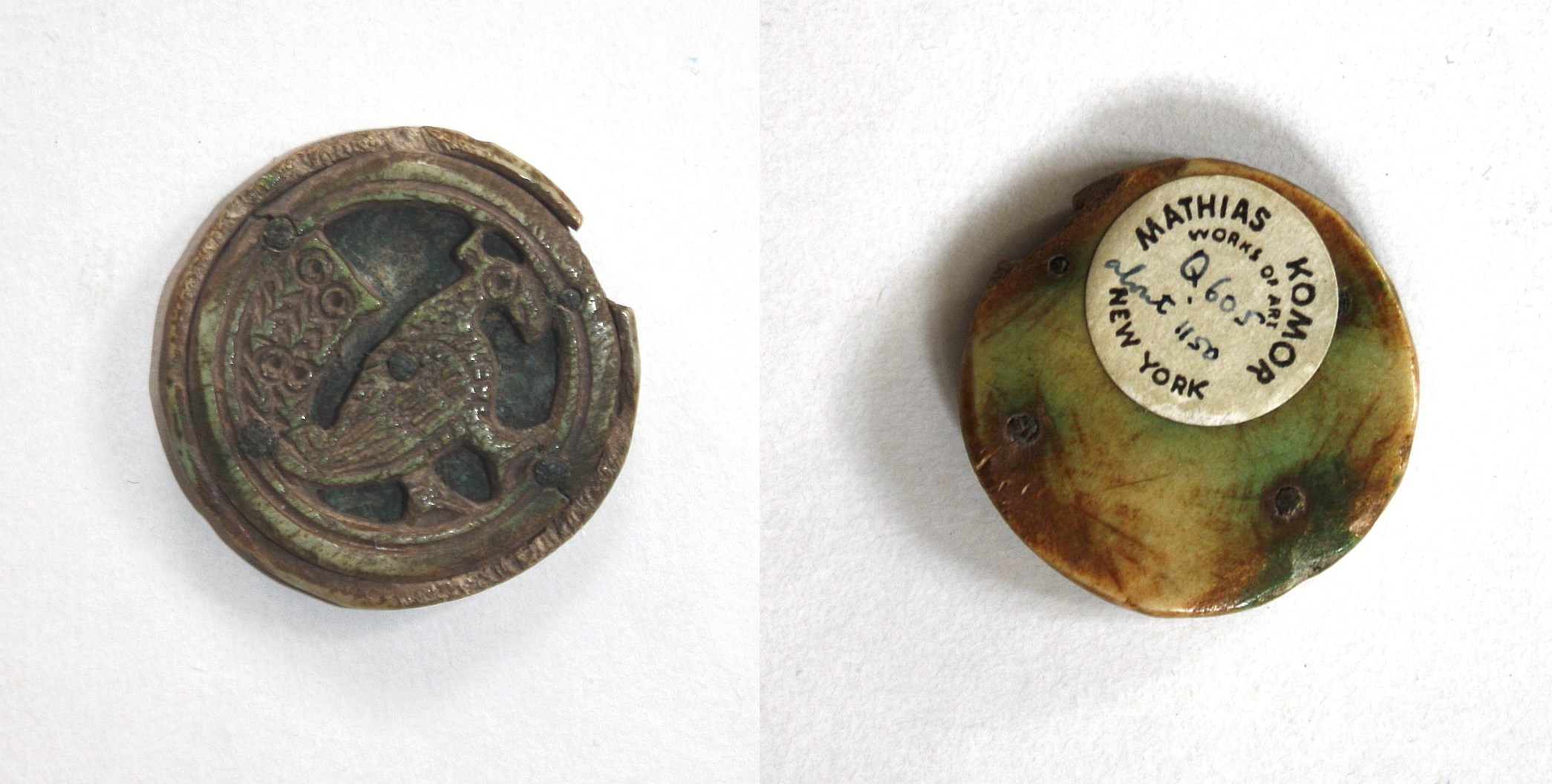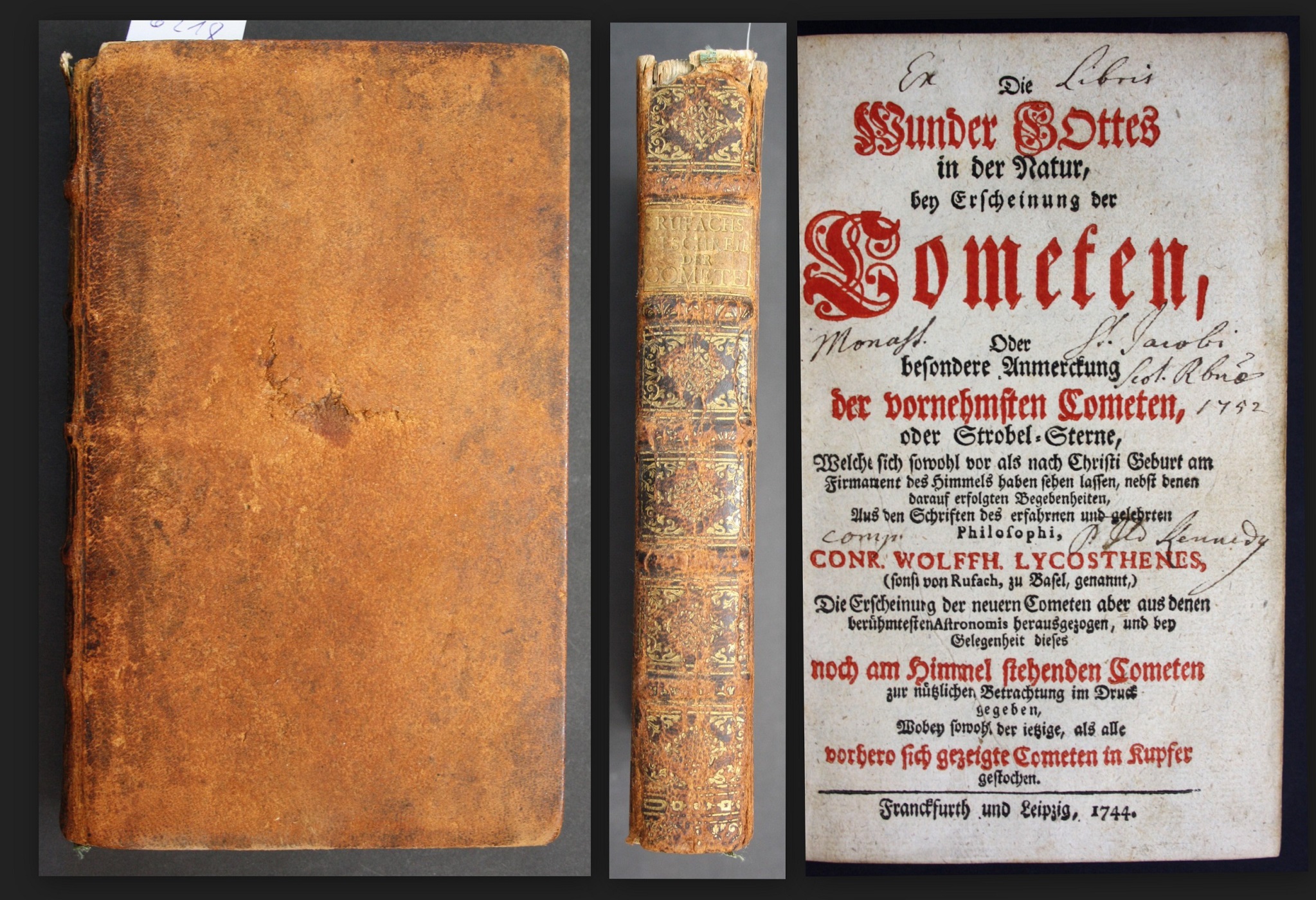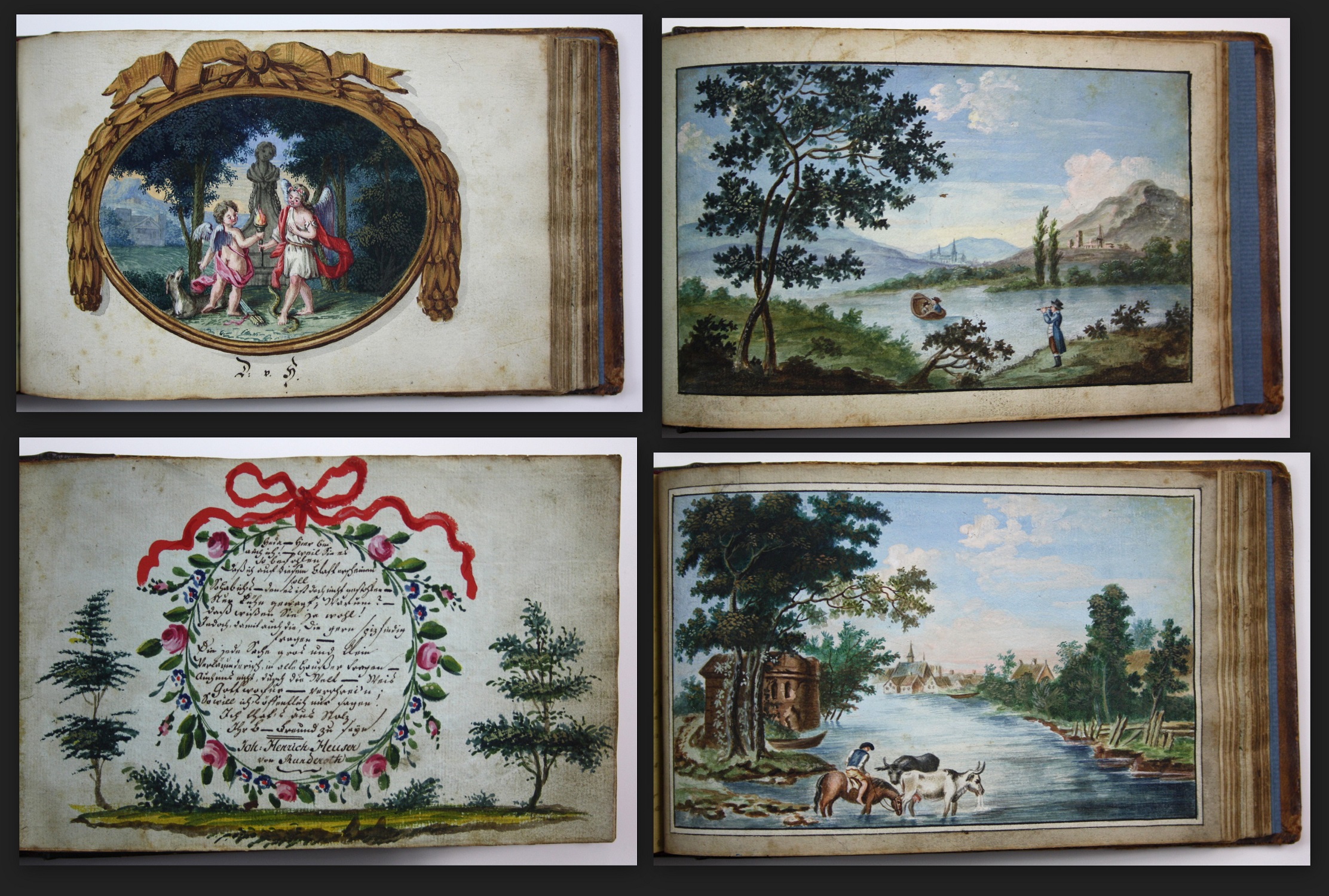Album with visiting-cards from the 1780’s — Contemporary Boards. Gr-8°. 100 numbered leaves with 202 mounted visiting cards.
82 cards have autograph signatures of their owners, on 33 the name of the card-holder is printed and further 87 cards have no name on it. — Visiting cards became popular at the beginning of the 18th century in Italy, around 1730 in France and later in all over Europe. In 18th century Europe, the footmen of aristocrats and royalty would deliver these first European visiting cards to the servants of their prospective hosts solemnly introducing the arrival of their owners. Visiting cards became an indispensable tool of etiquette, with sophisticated rules governing their use. The essential convention was that one person would not expect to see another person in his own home (unless invited or introduced) without first leaving his visiting card for the person at his home. Upon leaving the card, he would not expect to be admitted at first, but might receive a card at his own home in response. This would serve as a signal that a personal visit and meeting at home would be welcome. On the other hand, if no card was forthcoming, or if a card was sent in an envelope, a personal visit was thereby discouraged.
This album contains cards of (Karl Anselm) von Thurn und Taxis (1733-1805); Principe di Marsiconuovo; (Giovanni) Marchese de Serpos; (Miguel de Torres Ruiz) Marquis de Matallan (1737-1817); (Erbeto) Mirelli of Malta; (John) Irwin (1728-1788); his wife (Caroline) Irwin (*1750); Capitano di Marina Agostino del Bene; Giuseppe Gualengo; Monsieur de Campos; Le President du Roi de Sardaigne; Le Ministre Plenipotentaire de sa Majeste Tres-Fidele; l’Abbé de la Feuillie; Marchese della Giummarella; General Comte d’Alet; Marquis Manara (Ministre); Le Comte F. de Cattaneo (Consul General); Cavalieri Rombenchi Incaricato de Reali affari di Napoli; Mr. de Fillie – Consul General de Russie; Giuseppe Firrao (Cardinal, 1736-1830); Filippo Armano; Prince (Peter) Obulensky (1743-1822) of Russia; Francesco Aglietti (1757-1836); Abbe Comte de Montalban; Franco di Montalban; (Pierre Paul de Meredieu) Baron de Naillac (1737-c1813); Constantin Zacco; Bardaxi Secretaire di Legazione di Spagne; (Leonardo) de Miniscalchi – Chevalier de Malta; Minister of Poland; Ministre plénipotentiaire of Russia; Ambassador of Spain; Aurelio Dadini; Pietro Paolo Donati; Chevalier (William?) Stapleton; Consul of Spain; Lady Sophia Butler (daughter of the late Earl of Lansborough); Princess (Maria Esterhazy de Galanta) Grassalkovich (1739-1820); Giovanni Cattaneo / Glogow; Monsieur Lopez de Ulloa; Ambassadeur de France; (Maria Josepha ) von Khevenhüller (1742-1814) (married to Karl Borromaeus Breuner v. Enkevoirt); Comte de Clam-Gallas; Marquesse Agdallo – Eletore di Sassonia (wife of Aloys Peter don Agdallo); Chevalier de las Casas; Luigi Braschi-Onesti – Duca di Nemi (1745-1816) – (nephew of Pope Pius VI); Stachieff (Russia); Giacomo Sceriman; Monsieur de Wind – Chambellan de sa Majesté le Roi de Denmark; Mr. Massenet; Mr. Schluter; (Theodor) von Salzmann – Minister von Brandenburg, Ansbach und Bayreuth; Comte de Montezan; Baron de Weichs (Clemens August von Weichs?); Monsieur le Comte de Tattenbach Grand Marechal; Graf von Tattenbach; Lambertenghi etc. — as also ministers, consuls, secretaires etc. of Sicily, Spain, Naples, Russia, Poland, etc. — 13 of the cards are signed in the plate by the painter/engraver; 14 of the cards are blind embossed cards (all other cards are copper-engravings), some are printed in color. — A few cards have the handwritten date „Turin 1786“ on it, the place and date when they were given to the former owner.
Probably one of the largest collections of visiting cards from the 18th century. – Extremely rare.
sold/verkauft




